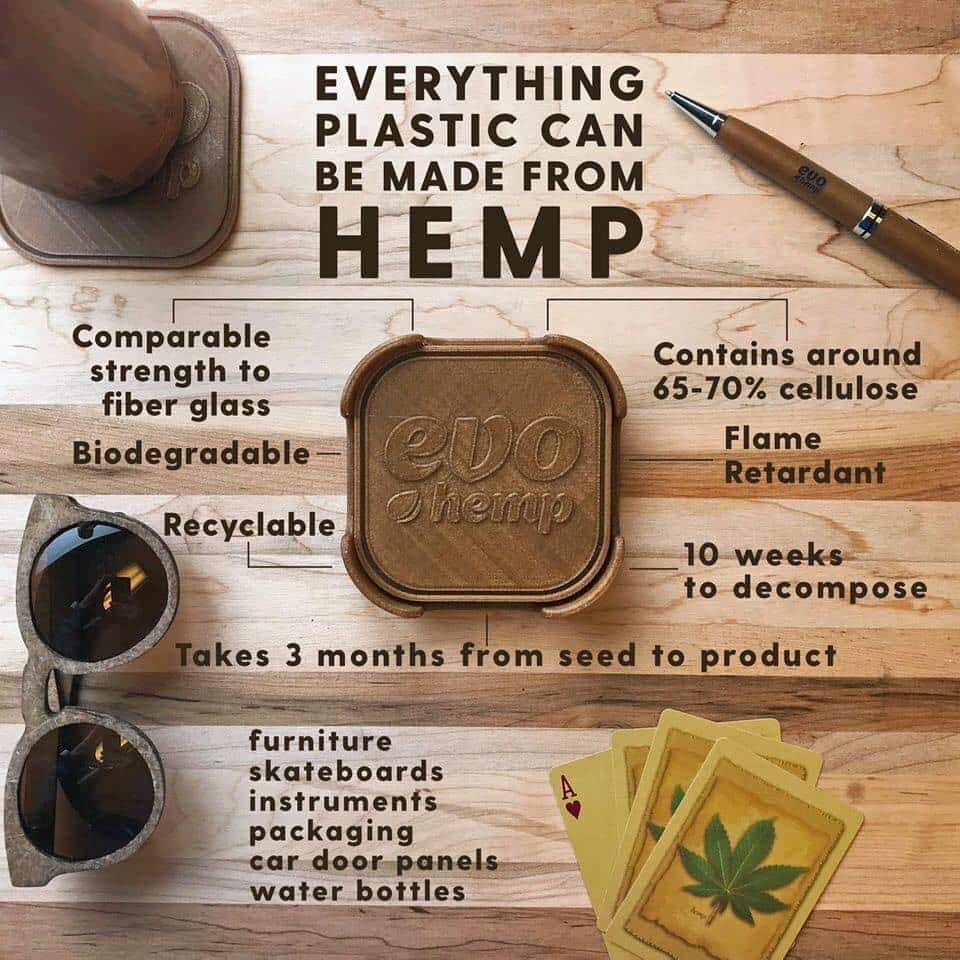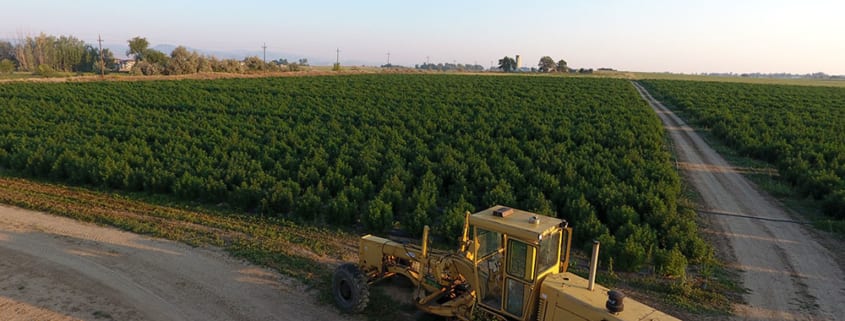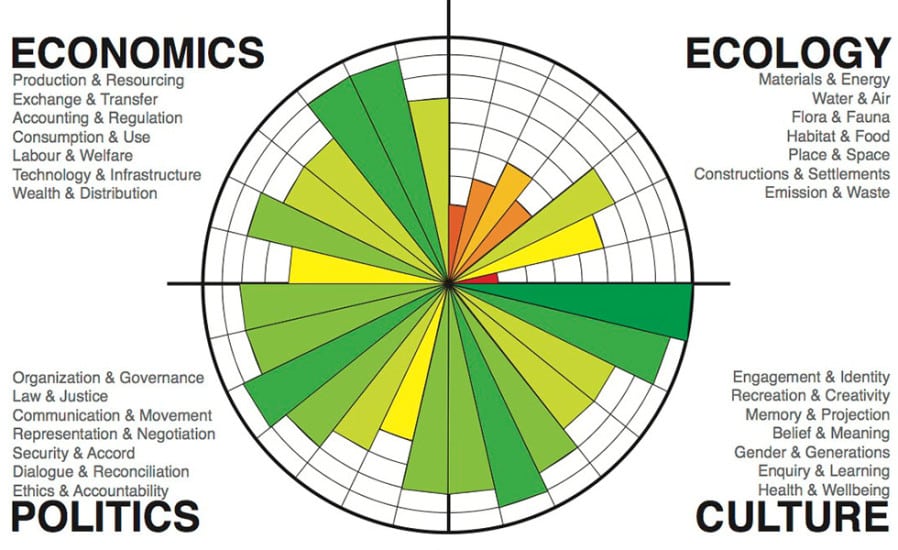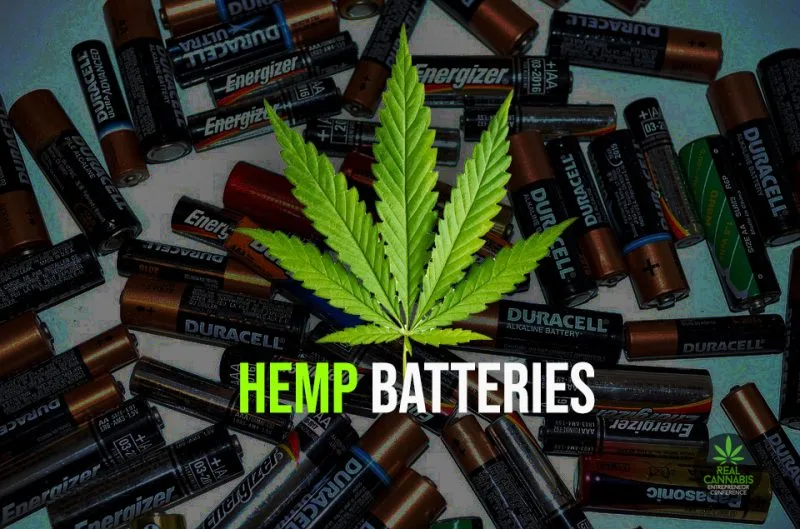<button>
Humberger Toggle Menu
<svg aria-hidden="true" viewBox="0 0 448 512" xmlns="http://www.w3.org/2000/svg"><path d="M16 132h416c8.837 0 16-7.163 16-16V76c0-8.837-7.163-16-16-16H16C7.163 60 0 67.163 0 76v40c0 8.837 7.163 16 16 16zm0 160h416c8.837 0 16-7.163 16-16v-40c0-8.837-7.163-16-16-16H16c-8.837 0-16 7.163-16 16v40c0 8.837 7.163 16 16 16zm0 160h416c8.837 0 16-7.163 16-16v-40c0-8.837-7.163-16-16-16H16c-8.837 0-16 7.163-16 16v40c0 8.837 7.163 16 16 16z"></path></svg> </button>
<ul id="menu-reg-1"><li><a href="https://portal.hempnation.one/register">Register</a></li>
PORTAL | ARTICLES | COMMUNITY | DAO | MAKERS | INDUSTRY | NEWSLETTER | CONTACT | SHOP
Open Knowledge | Open Source Solutions | Creative Commons | Cooperative Enterprise | Gamification | Community Development | Project Support
Follow us :
Facebook
Twitter
Projects
Hemp Batteries
Hemp Hydrofoils
GreenWeaver AI
Hemp Corridors
Start-up Cooperation
Educational Project
[mxmtzc_time_zone_clocks time_zone=”Europe/Brussels” city_name=”Brussels” time_format=”24″ digital_clock=”false” lang=”en” lang_for_date=”en” clock_type=”clock-face11.png” show_days=”false” clock_font_size=”12″ show_seconds=”true” arrow_type=”modern” super_simple=”false” arrows_color=”green” clock_upload=”false”]

14Mar
EnvironmentFutureHempSpecializationWellbeing
From Ropes to Riches: The Resurgence of Hemp in Europe and its Path to Sustainability
![]()
Jelle
2024-03-14
Environment | Future | Hemp | Specialization | Wellbeing
Reading Time: 3 minutes Hemp Makes a Comeback: Sustainability, Specialization, and Community Well-being Hemp, a versatile and resilient plant, boasts a rich history in Europe. Cultivated for millennia for its strong fibers and nutritional seeds, it played a pivotal role in everything from shipbuilding to food production. However, the 20th century saw a decline in hemp cultivation due to the rise of synthetic alternatives and stricter regulations surrounding its psychoactive cousin, cannabis. Today, Europe is witnessing a renaissance of hemp, driven by a growing recognition of its remarkable sustainability credentials and vast potential across diverse sectors. Let’s delve into the evolution of the European […]
Read On

14Mar
Air PurificationBioremediationEnvironmentHempSoil-remediationWater-FiltrationWellbeing
Beyond Biodegradable: Hemp’s Multifaceted Approach to a Microplastic-Free Future
![]()
Jelle
2024-03-14
Air Purification | Bioremediation | Environment | Hemp | Soil-remediation | Water-Filtration | Wellbeing
Reading Time: 3 minutes Hemp: Nature’s Warrior Against Microplastics and Air Pollution The growing ubiquity of microplastics – tiny plastic fragments less than 5 millimeters in size – poses a significant threat to our environment and health. These pollutants infiltrate our soil, waterways, and even the air we breathe, impacting ecosystems and potentially harming human health. In this fight against plastic pollution, a powerful ally emerges: hemp. Microplastics: A Pervasive Threat Microplastics originate from various sources, including the breakdown of larger plastic debris, synthetic clothing fibers released during washing, and microbeads used in personal care products. A 2017 study by researchers at Plymouth University […]
Read On

18Mar
Biodegradability3d-printingDevelopmentEmpowermentFinanceHempRenewables
Hemp & 3d-Printing: Weaving Sustainability and Innovation
![]()
Jelle
2024-03-18
Biodegradability | 3d-printing | Development | Empowerment | Finance | Hemp | Renewables
Reading Time: 2 minutes The world of 3d- printing is undergoing a fascinating metamorphosis, with eco-conscious materials like hemp filament emerging as a frontrunner. This article delves into the exciting potential of 3d-printing with hemp, exploring its sustainability credentials, economic and social impacts, and cost considerations. Sustainable Marvel: Hemp boasts exceptional sustainability qualities that translate beautifully to 3d- printing: Rapidly Renewable: Hemp is a fast-growing crop requiring minimal water and pesticides. This translates to a significantly lower environmental footprint compared to traditional filament materials like ABS plastic. Biodegradable: Unlike traditional plastics, hemp filament is biodegradable, breaking down naturally over time and minimizing waste accumulation in […]
Read On

15Apr
ApplicationsAwarenessBiodegradabilityBioplasticsBioremediationBusinessEmpowermentEnvironmentFoods & DrinksIndustryMethodsRenewablesSolutions
Hemp Revolution: A Versatile Tool for Modernizing Industries and Cultivating Abundance
![]()
Jelle
2024-04-15
Applications | Awareness | Biodegradability | Bioplastics | Bioremediation | Business | Empowerment | Environment | Foods & Drinks | Industry | Methods | Renewables | Solutions
Reading Time: 2 minutes Hemp, the often misunderstood cousin of cannabis, is quietly brewing a revolution. This versatile plant isn’t just about feel-good vibes; it’s a powerful tool with the potential to modernize industries, production cycles, and even the way we think about resource management. Here’s how hemp can cultivate abundance across various aspects of our lives: Profit with Purpose: New Markets, New Opportunities: Hemp opens doors to entirely new markets for everything from bioplastics and textiles to construction materials and nutraceuticals. This translates to increased profit potential for businesses willing to embrace this sustainable alternative. Reduced Reliance on Volatile Resources: Hemp thrives in various climates […]
Read On

14Mar
BiodegradabilityConsumationDurableSafetySustainableToxicityTransparence
The Power of Informed Choice: the Ecological Index and the Hemp Revolution
![]()
Jelle
2024-03-14
Biodegradability | Consumation | Durable | Safety | Sustainable | Toxicity | Transparence
Reading Time: 3 minutes The Ecological Index: A Compass for Sustainable Products Consumers are increasingly demanding transparency and sustainability from the products they purchase. To address this need, the concept of an Ecological Index (E.I.) is gaining traction. This standardized index would provide a clear and concise evaluation of a product’s environmental impact across its lifecycle, from raw material extraction to disposal. Imagine a world where every product you encounter carries a clear label revealing its environmental impact. This is the transformative potential of the Ecological Index (E.I.). Here’s how it can reshape consumer behavior and guide the industry towards a more sustainable future, […]
Read On

14Mar
FinanceHealthNatureSustainable
Hemp: Weaving a Tapestry of Financial Abundance and Sustainability
![]()
Jelle
2024-03-14
Finance | Health | Nature | Sustainable
Reading Time: 2 minutes Hemp, a versatile and resilient plant, emerges as a powerful tool for weaving a new social and economic tapestry. This natural wonder boasts the potential to create financial abundance while fostering respect for nature, health, and the environment. Let’s explore how hemp can revolutionize our economic landscape and pave the way for a more sustainable future. New Markets, New Opportunities: Hemp’s diverse applications unlock a plethora of new market opportunities. Sustainable Materials: Hemp fibers offer a high-performance, eco-friendly alternative to traditional materials like cotton and plastic. They can be used to create durable textiles, bioplastics for packaging, and even building materials […]
Read On

13Apr
ChangeCollaborationCommunityCooperationDynamicsEconomyGamificationGrassroots
Gamifying the Green Revolution: A Grassroots Approach to Environmental Turnaround
![]()
Portal Hemp
2024-04-13
Change | Collaboration | Community | Cooperation | Dynamics | Economy | Gamification | Grassroots
Reading Time: 2 minutes Gamifying the Green Revolution: A Grassroots Approach to Environmental Turnaround I. Introduction A. The urgency of environmental action: Climate change, pollution, and resource depletion necessitate drastic change. B. Traditional methods’ shortcomings: Top-down regulations and guilt-trips often fail to create lasting behavioral change. C. The power of gamification: Leveraging game mechanics to incentivize pro-environmental behavior. II. The Hemp Solution A. Hemp’s versatility: A sustainable alternative for numerous products, from clothing to biofuels. B. Environmental benefits: Hemp cultivation improves soil health, reduces water usage, and captures carbon dioxide. III. The Gamification Framework A. Building a mobile app: A user-friendly platform accessible to […]
Read On

17Apr
ApplicationsCannabisHempLawLegalizationPublicRecreationalSpecies
Hemp vs. Cannabis: Unveiling the Similarities Disguised by Law
![]()
Portal Hemp
2024-04-17
Applications | Cannabis | Hemp | Law | Legalization | Public | Recreational | Species
Reading Time: 2 minutes Hemp vs. Cannabis: Unveiling the Similarities Disguised by Law At first glance, hemp and cannabis might seem like entirely different plants. One conjures images of relaxation and euphoria, while the other evokes thoughts of sustainable textiles and eco-friendly materials. However, the truth is far more intriguing. Hemp and cannabis are, in fact, the same species: Cannabis sativa. Their key differences lie in cultivation methods, legal classifications, and the resulting chemical profiles. Origins and Classifications: Cannabis sativa originated in Central Asia and has been cultivated for thousands of years for its fiber, seeds, and medicinal properties. The legal distinction between hemp and […]
Read On

16May
CircularCultivationEconomyTransformationVision
Hemp: A Decade of Transformation – From Prohibition to Progress
![]()
Portal Hemp
2024-05-16
Circular | Cultivation | Economy | Transformation | Vision
Reading Time: 2 minutes Hemp: A Decade of Transformation – From Prohibition to Progress The past decade has witnessed a remarkable renaissance for hemp, the versatile and eco-friendly cousin of cannabis. Once demonized and restricted, hemp is now experiencing a surge in interest driven by its potential for a more sustainable and equitable future. This article explores the key trends that have shaped the hemp industry’s evolution in recent years. From Cooperative Organization to Community Empowerment: The hemp industry is increasingly characterized by cooperative structures. Farmers’ collectives, worker-owned cooperatives, and community-supported agriculture (CSA) models are gaining traction, fostering collaboration and fairer distribution of profits. […]
Read On

06May
ApplicationsCertificationDevelopmentDurableEnergyFutureInnovationSustainable
Hemp Batteries: Powering the Future with a Sustainable Twist
![]()
Portal Hemp
2024-05-06
Applications | Certification | Development | Durable | Energy | Future | Innovation | Sustainable
Reading Time: 2 minutes Hemp Batteries: Powering the Future with a Sustainable Twist Lithium-ion batteries have become ubiquitous, powering our electronics and electric vehicles. However, concerns about their environmental footprint and reliance on critical minerals have spurred the search for sustainable alternatives. Enter hemp – a versatile plant emerging as a game-changer in the battery industry. Hemp’s Potential in Battery Technology: Hemp offers several advantages for battery production: Sustainable Cultivation: Hemp requires minimal water and thrives with minimal pesticides, making it a more environmentally friendly choice compared to resource-intensive mining operations for traditional battery materials. High-Yielding Biomass: Hemp’s rapid growth rate allows for the […]
Read On

05May
HydrofoilsMaterial
Hemp Hydrofoils
![]()
Portal Hemp
2024-05-05
Hydrofoils | Material
Reading Time: 2 minutes Hemp Takes to the Seas: The Hemp Nation Group Announces “Hemp Hydrofoils” Project! The Hemp Nation Group (HNG) is making waves – literally! We’re thrilled to announce our groundbreaking new project, “Hemp Hydrofoils,” which envisions a fleet of sustainable, high-speed vessels built with cutting-edge technology, including 3D-printed hempfilament components. Revolutionizing Maritime Transportation: Traditional maritime transportation faces significant challenges: environmental impact, fuel dependency, and limitations in speed and efficiency. Hemp Hydrofoils aims to revolutionize the industry by: Sustainable Materials: HNG plans to utilize hemp extensively throughout the vessel’s construction. Hemp’s lightweight strength and superior ecological footprint make it an ideal choice […]
Read On

05May
CBDCertificationFiberHarvesterHarvestingMachinerySeed
Hemp Harvesting 101
![]()
Portal Hemp
2024-05-05
CBD | Certification | Fiber | Harvester | Harvesting | Machinery | Seed
Reading Time: 3 minutes Hemp Harvesting 101: A Beginner’s Guide to a Successful Harvest Congratulations! You’ve nurtured your hemp crop from seedlings to a thriving field. Now comes the crucial step: harvest. This guide will equip you with the knowledge and best practices for a successful hemp harvest, tailored to your specific needs. Understanding Your Harvest Goals: The first step is identifying what you’re harvesting hemp for. Different parts of the plant are used for various purposes, and the ideal harvest time will vary accordingly: Fiber Hemp: This is harvested for the strong, durable fibers found in the stalk. Aim for a harvest when […]
Read On

02May
AccessDistributionLobbyResource Efficiency
Hemp United: A Global Movement for a Sustainable Future
![]()
Portal Hemp
2024-05-02
Access | Distribution | Lobby | Resource Efficiency
Reading Time: 2 minutes Hemp United: A Global Movement for a Sustainable Future The hemp industry is experiencing a global resurgence, fueled by a growing appreciation for its versatility and its potential to revolutionize numerous sectors. However, as this industry blossoms, new hemp businesses face a complex regulatory landscape and a market still evolving. This is where the power of collective action comes into play. Strength in Numbers: The Need for Lobbying While the potential of hemp is undeniable, navigating the current regulatory environment can be a challenge. Here’s why a united hemp industry front, through a strong lobby group, is crucial: Advocacy for […]
Read On

02May
BuildingConstructionDynamicsEnvironmentFutureHempInnovationLow-CarbonRenewables
Hemp is more sustainable than timber – here’s how it could transform low-carbon construction
![]()
Portal Hemp
2024-05-02
Building | Construction | Dynamics | Environment | Future | Hemp | Innovation | Low-Carbon | Renewables
Reading Time: 4 minutes Hemp could become a key tool in the fight against climate change. Like timber, hemp is a biogenic material – it’s produced by growing plants. When used to make long-lasting building materials, they provide an effective and low-tech way to reduce carbon emissions because plants absorb carbon dioxide (CO₂) from the atmosphere as they grow. This then gets stored in solid form for the foreseeable future within buildings and cities. I have estimated that substituting concrete with cross-laminated timber in all new building floor construction globally for the next 30 years, would reduce greenhouse gas emissions by between 20 and 80 million tonnes. Yet, hemp grows much faster […]
Read On

28Apr
Applications%icroDecorticatorsBioplasticsCannabisEconomyEnvironmentFundingHempHemp CorridorsIndustryInnovationScienceTransformationVision
The Hemp Nation Group: Cultivating Innovation and Opportunity in a Booming Market
![]()
Portal Hemp
2024-04-28
Applications | %icroDecorticators | Bioplastics | Cannabis | Economy | Environment | Funding | Hemp | Hemp Corridors | Industry | Innovation | Science | Transformation | Vision
Reading Time: 2 minutes The Hemp Nation Group: Cultivating Innovation and Opportunity in a Booming Market The Hemp Nation Group (HNG) is not just a company, it’s a cooperative enterprise at the forefront of a green revolution. We’re harnessing the immense potential of hemp, both economically and environmentally, through a series of groundbreaking initiatives designed to benefit investors, the industry, and consumers alike. A Booming Market: The global cannabis and hemp market is projected to reach a staggering revenue of US$64.73bn in 2024. (Source: https://www.statista.com/outlook/hmo/cannabis/worldwide). This explosive growth presents an unparalleled opportunity for investors seeking to capitalize on a sustainable and socially responsible market. […]
Read On

27Apr
ApplicationsConnectivityConsumationDevelopmentEconomyEmpowermentEnvironmentGreenWeaverMaterial SelectionTransformationTransparency
GreenWeaver AI: Fostering Transparency and Actionable Strategies for a Sustainable Hemp Industry
![]()
Portal Hemp
2024-04-27
Applications | Connectivity | Consumation | Development | Economy | Empowerment | Environment | GreenWeaver | Material Selection | Transformation | Transparency
Reading Time: 2 minutes GreenWeaver AI: Fostering Transparency and Actionable Strategies for a Sustainable Hemp Industry The pursuit of a truly sustainable hemp industry requires transparency and action beyond a company’s own operations. GreenWeaver AI steps forward as a transformative platform, equipping businesses with comprehensive tools to not only assess their own environmental impact, but also promote responsible practices throughout their entire supply chain. Supply Chain Sustainability Mapping: Collaborating for a Greener Future GreenWeaver AI empowers businesses to map the environmental impact of their hemp supply chain. This goes beyond simply identifying suppliers; the platform delves deeper, analyzing factors such as: Cultivation practices: GreenWeaver […]
Read On
THE HEMP NATION GROUP
Privacy-Centric Communication & Bridging Technologies
The Hemp Nation Group’s vision for a sustainable future fueled by hemp is not a solitary pursuit. At the heart of this vision lies the innovative Portal Hemp Platform – an open-source powerhouse designed to cultivate a global network of passionate individuals and organizations dedicated to unlocking hemp’s potential.
Cooperative Enterprise 🍀 Open Knowledge 🍀 Research & Development 🍀 Fair Trade 🍀 Healthy & Safe Environments 🍀 Transparency 🍀 Ethical Design 🍀 Voted Policies 🍀 Inclusion & Participation 🍀 Common Hemp 🍀 Gamification 🍀 Sustainability & Circularity
Open Knowledge & Open Source Solutions & Cooperative Enterprise
The Hemp Nation Group (HNG) stands at the forefront of the hemp revolution. Beyond pioneering innovative hemp-based products, HNG fosters a unique organizational culture built on open knowledge, open-source solutions, and cooperative enterprise. This article explores the core principles behind HNG’s approach and how it drives sustainable innovation in the hemp industry.
🍀 A FREE Membership gives access to the whole site.
Join Now
Portal Hemp Platform | News | Activity | Groups | Projects
GREENWEAVER AI | MICRODECORTICATORS | HEMPCORRIDORS | VERTICAL INTEGRATION | 3D-PRINTING
The Portal Hemp Platform is an independent open knowledge collaboration hub in an open source framework by The Hemp Nation Group🍀.
Although we take high care in the publication of our information, mistakes can be made with a subject so versatile as hemp.
It suffices to send us a short mail under contact to correct an item.
PORTAL
HEMP
by The Hemp Nation Group
Total 32 users including 1 member, 31 guests, 0 bot online
Most users ever online were 1099, on 2024-04-10 @ 06:19
Hemp Nation One | Hennepnatie | La Nation du Chanvre | Hanf Nation | The Hemp Nation Group
PORTAL HEMP © 2024 ALL RIGHTS RESERVED.


